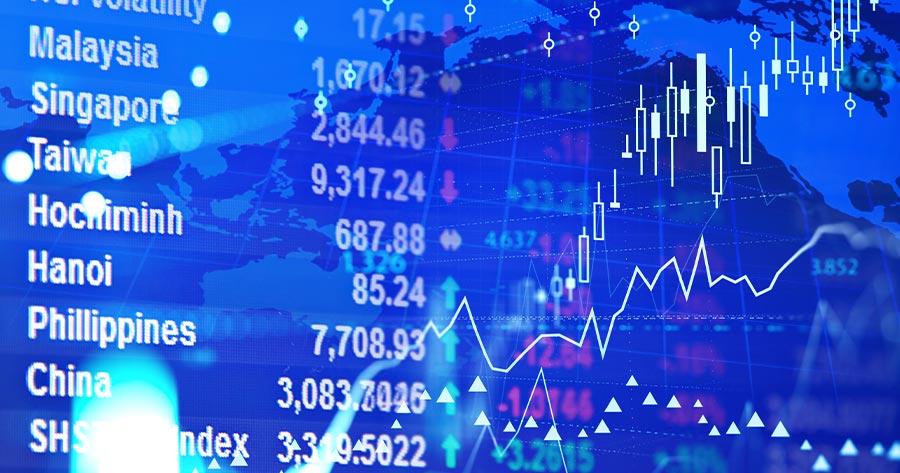On Wednesday morning (16 April, 9:16 AM, GMT+7, Bangkok time), most indices in Asia Pacific declined following a drop in Wall Street as investors evaluated quarterly financial results amidst ongoing concerns about tariffs hampering market confidence.
China’s economy showed resilience by growing at a higher-than-projected rate of 5.4% in the first quarter. As U.S. tariff uncertainties loom, this leads prominent investment banks to downgrade the country’s annual growth forecast. Additionally, Reuters’ analysts anticipate a 5.1% expansion year over year.
Japan’s NIKKEI contracted by 0.47% to 34,107.62. South Korea’s KOSPI fell by 0.47% to 2,465.8, while Australia’s ASX 200 surged by 0.25% to 7,780.8.
As for stocks in China, Shanghai’s SSEC shrank by 0.44% to 3,253.14. Hong Kong’s HSI slumped by 1.49% to 21,145.77, and Shenzhen’s SZI diminished by 0.87% to 9,772.73.
Meanwhile, the US stock markets edged down on Tuesday as the Dow Jones Industrial Average (DJIA) lost 0.38% to 40,368.96. NASDAQ slid by 0.05% to 16,823.17, and S&P 500 dipped by 0.17% to 5,396.63. VIX plummeted by 2.49% to 30.12.
As for commodities, oil prices settled lower on Tuesday as the International Energy Agency (IEA) joined OPEC in reducing its oil demand projection. However, U.S. President Donald Trump’s hint at potential new tariff exemptions helped mitigate the decline in prices. Brent futures dropped 21 cents or 0.32% to $64.67 a barrel, and the West Texas Intermediate (WTI) decreased 20 cents or 0.33% to $61.33 per barrel.
This morning, Brent futures shrank 6 cents or 0.09% to $64.61 a barrel, and the WTI contracted 6 cents or 0.1% to $61.27 per barrel.
Meanwhile, gold futures rose by 1.46% to $3,287.8 per Troy ounce.




